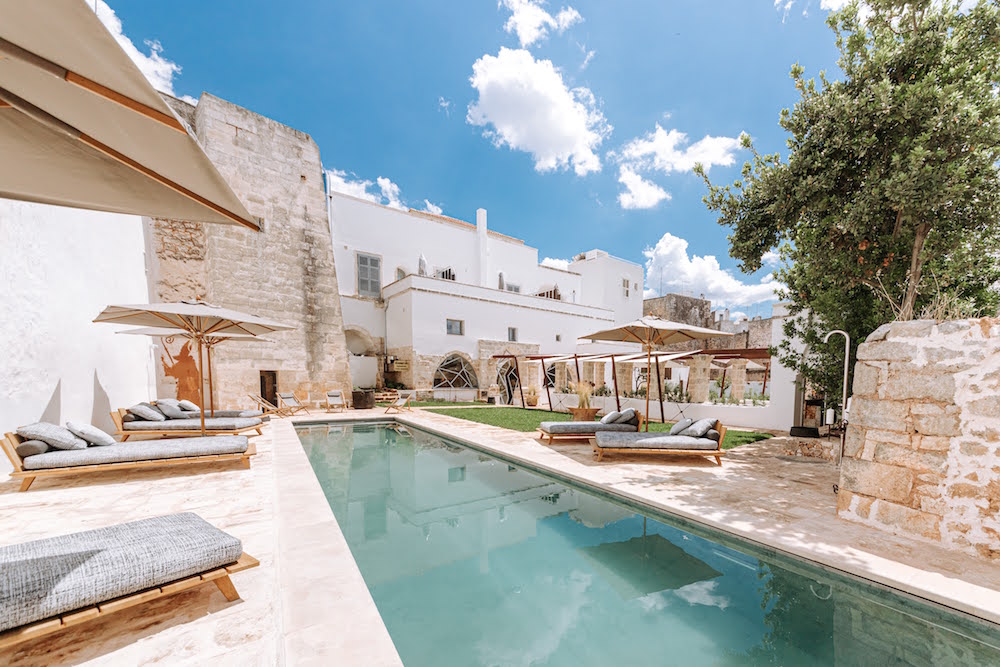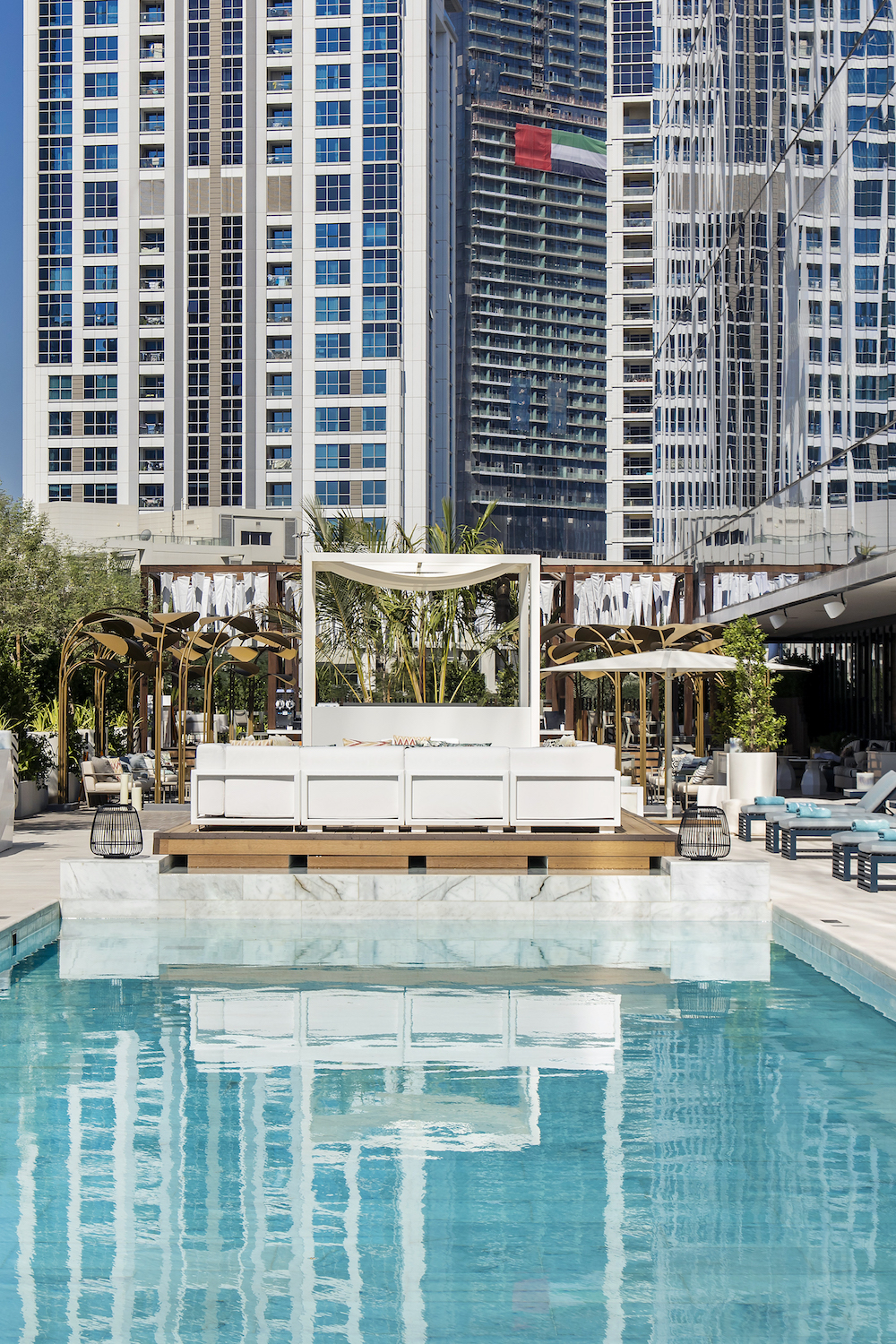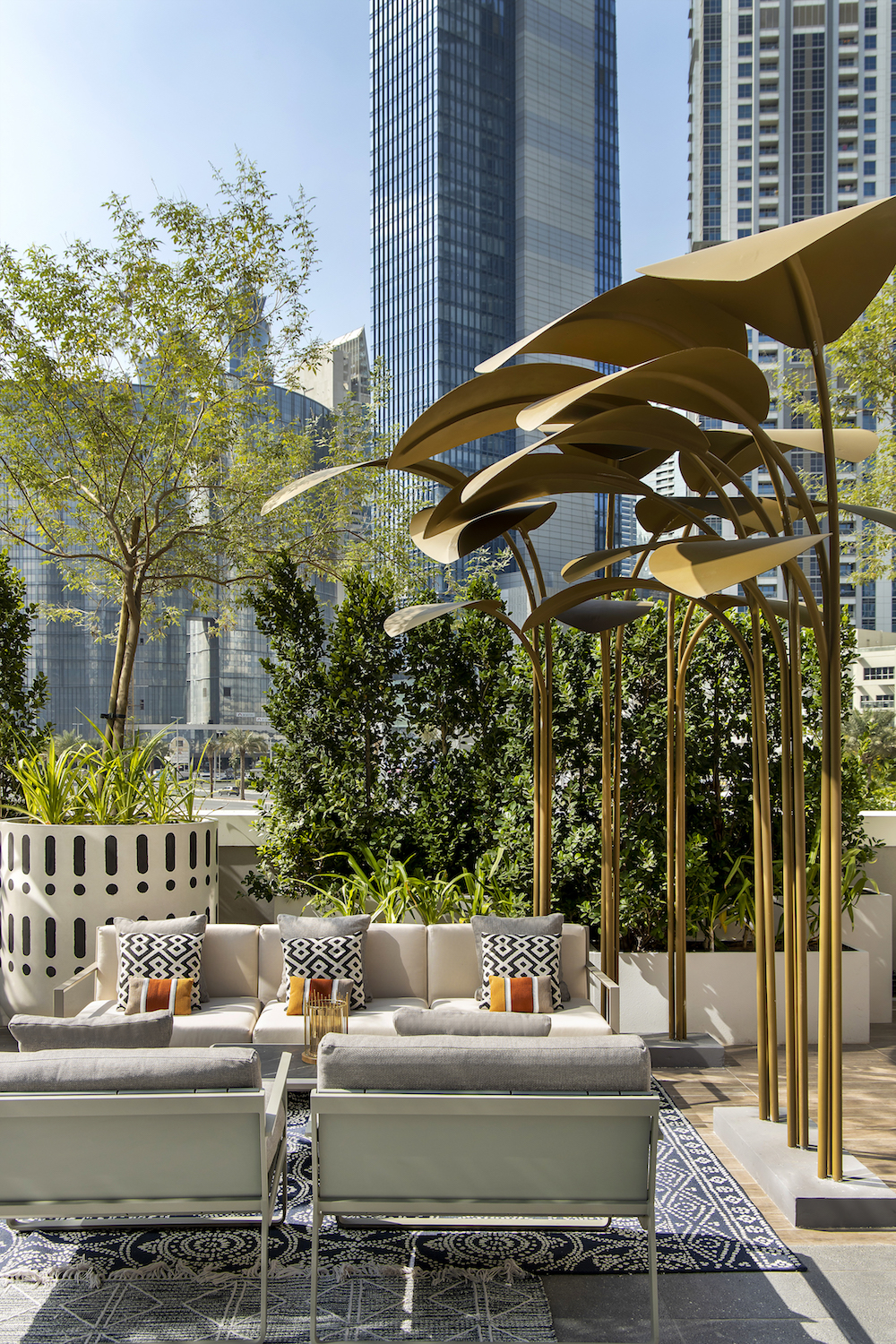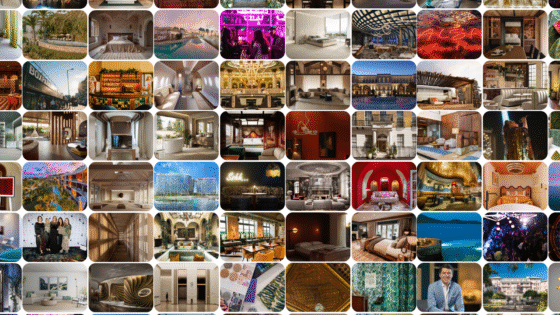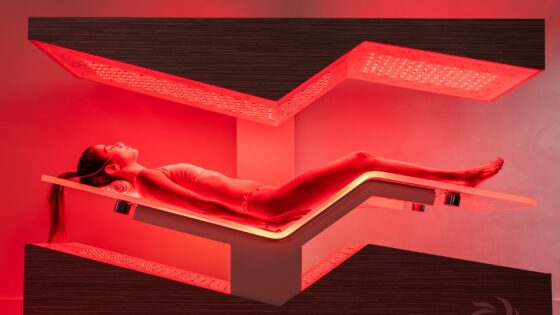In her second article with Hotel Designs – the first looking at public areas post-pandemic – Emma Cook explores how the cultural shift that we have experienced over the last year will impact modern traveller demands in hotel spas and wellness areas…

As well as hotel spas being a relaxing experience for guests, let’s not forget that they are also a healthy source of revenue for the hotel industry. The title of ‘Hotel & Spa’ sits higher and mightier than ‘Hotel’ with visitors feeling like they’re getting a deeper VIP experience. Gyms appear to be a norm in non-budget hotels so charging more for this service doesn’t allow for competitive industry pricing. Spas, however, have a slightly more executive feel and therefore hotels with this facility are able to bring in more revenue. However, in a more health-aware society, the ‘VIP-feel’ isn’t the only reason people choose hotels with spas over those without. The ability to wind down, in an ever-increasingly busy world, is unparalleled and pre-Covid, this would have been high up on the list of requirements from a lot of travellers.
The romans built public baths with the initial use of treating wounds but soon came to realise that these areas could be utilised so that people could enjoy them socially. In the 21st Century, spas have become more of a place to escape society rather than indulge in it.
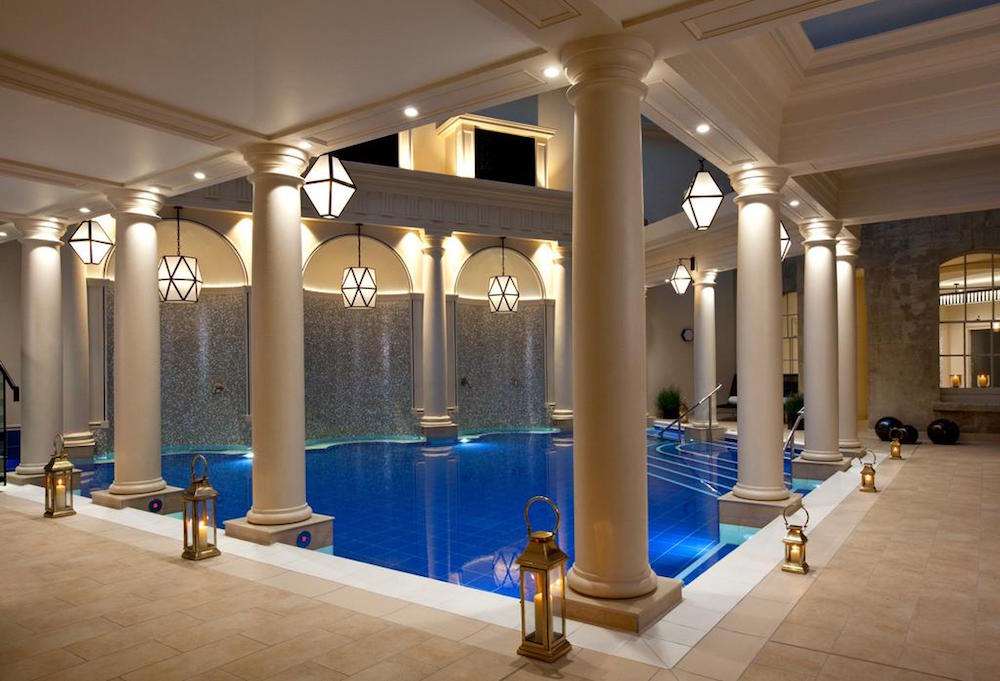
Image credit: The Gainsborough Hotel & Spa
More and more, we are looking to escape need technology – social media, emails and other commitments – to unwind and forget about everyday life, and a spa break away offers the perfect place to do this. What will become of this social distraction after a dynamic and emotional year of no contact? Will it extinguish in a post-pandemic world where people’s enjoyment in civilisation is renewed or will it prosper as the realisation of the importance of self-love is increased?
Image credit: 700 Boutique Hotel & Spa
“It seems as though lockdown has provided a lifetime of stress that we just need to ‘sweat out’.”
How many of us, over the last year, have said we need a serious spa day? It seems as though lockdown has provided a lifetime of stress that we just need to ‘sweat out’. Lockdown has certainly taken its toll on our personal versions of ‘pampering’ too; with many of what were interactive experiences moving to online, the need for pampering has been somewhat missing, until now.
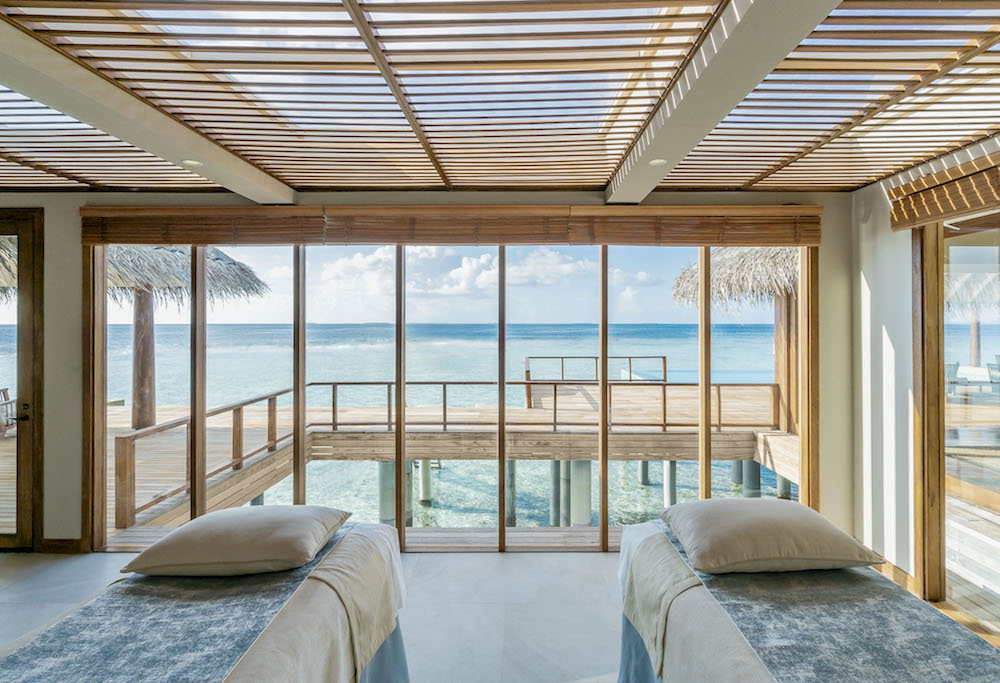
Image credit: Anantara Kihavah
‘SPA’ is an abbreviation for ‘Sanus Per Aquam’ which translates to ‘health through water’. Water is such a staple part of the spa experience: bathing, steam, mud, ice, etc., and should be an important part of the design too. Our bodies are made up of 70 per cent water, so it makes sense that we are most relaxed when returning to this natural state. The sounds of trickling water and waves is something that many people use to relax, and this is often incorporated into the experience of spas. Water is an incredibly immersive experience. When you submerge underwater, your vision, hearing and movement are all impacted. The muffled sound of the tides that flow past, the tunnel of light filtering in from a nearby window and the ripples of water that escape from your movements. There is no where you can escape the outside world more than you can in water. Incidentally, many design and architecture studios, such as Zaha Hadid Architects, use the flow of water as a source of inspiration for many of their boundary-breaking projects – especially in areas, such as Dubai, where sense of place is not easy to define in a design language.
- Image credit: ME Dubai, designed by Zaha Hadid Design
- Image credit: ME Dubai, designed by Zaha Hadid Design
During this hospitality coma – I’m referencing the sting of the pandemic – a number of us have found comfort in other activities such as running, cycling and yoga. This has become apparent since the first lockdown, where it soon became impossible to get hold of any home-gym/cycling equipment from brands so many took fitness into their own hands.
It doesn’t take much scrolling on social media to see someone hiking up a mountain for sunset, jumping off a cliff and plunging into deep water or surfing some big waves. It seems that even before lockdown, we were discovering the wellbeing benefits of taking new challenges, having new experiences and pushing themselves out of their comfort zone. When normality reigns again, I wonder whether people will begin to choose more adventurous breaks away (perhaps travel further and expect unexpected and non-curated moments on their journey) or will spas regain their high demand as people go back to seeking comfort from relaxing over getting outdoors and moving.
“Trending now are the lifestyle orientated concepts such as yoga retreats and alpine wellness breaks, which successfully address the healthy blend of comfort and experience.”
Wellness is a term derived from wellbeing and fitness, so generating a good balance between relaxing and being active would seem the key to being a hotel which provides a high wellbeing experience. The two can work together cohesively. Trending now are the lifestyle orientated concepts such as yoga retreats and alpine wellness breaks, which successfully address the healthy blend of comfort and experience. These breaks also have sustainable connotations, whether they are sustainable or not is another question, but younger people in-particular recognise this which is even more enticing.
Hotels with gardens will have an upper hand at combining wellbeing and fitness – nothing says wellness like a yoga session in a beautifully landscaped garden. There are lots of things in life that can determine our mood, and the environment we are in is one of them. Hence, design playing such a crucial role in the future of wellness. Nature is proven to boost our mood, potentially by its extreme contentedness despite being witness to everyone else’s daily troubles.
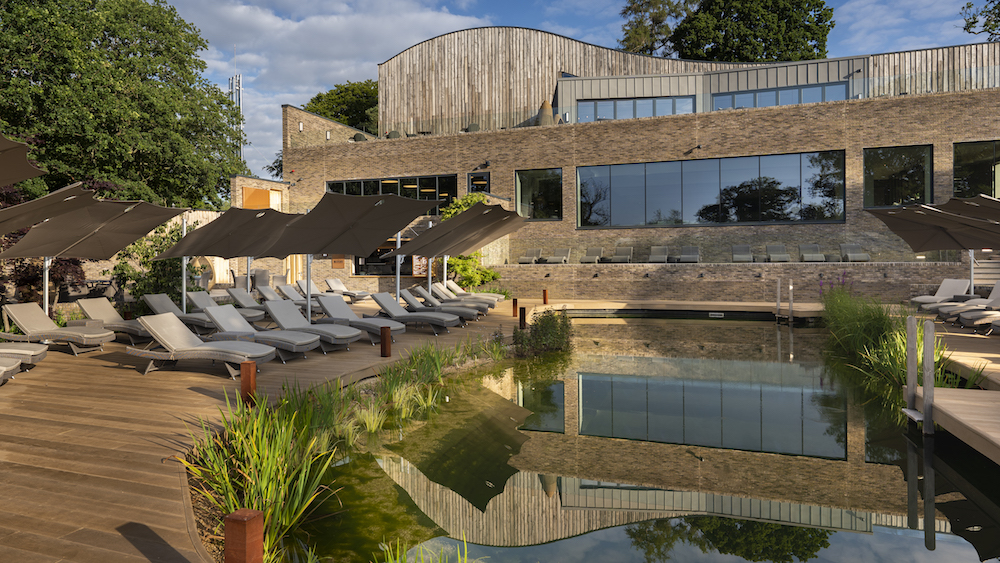
Image credit: The Spa at South Lodge Spa
No matter who we are, we look up to nature in utter awe. The outdoors can be just as much of a relaxing experience as an indoor spa can be. And since the pandemic was declared, we have seen more people enjoying the outdoors even to the point where many have moved out of the city and to the countryside.
It will most likely remain the case that hotels with spa and pool facilities will prosper again when normality returns. Keeping in mind that there is a new trend in the market for sustainable and active retreats also, those without the spa facilities can cater in these ways in order to tend to the much desired ‘wellness break’. In short, wellness facilities, no matter what form (spas, pools or adventure), are likely to be very popular post-lockdown.
Main image credit: Tierra Chiloé Spa & Wellness Resort: Chile

